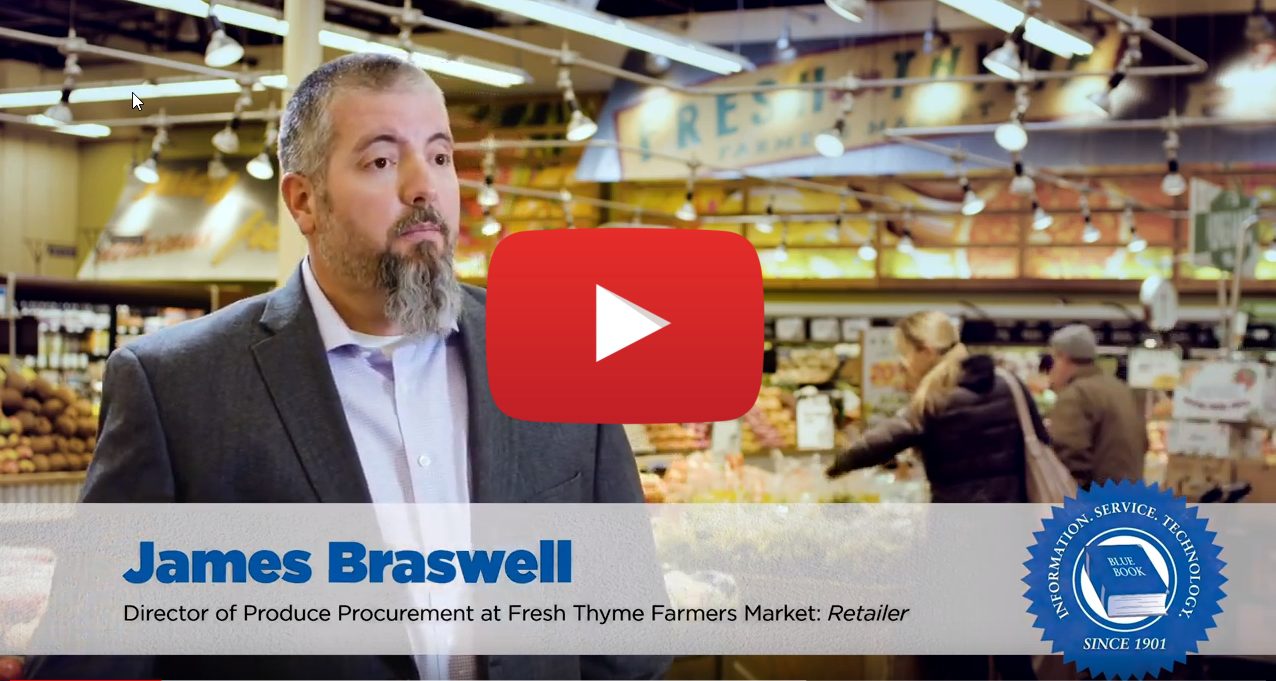Theft, a major cause of retail shrink, is a big focus of complaint these days—but research indicates that shrink has been more or less the same over the past seven years.
Facebook meme: how come no one says anything if you eat a grape in the produce department, but they get really mad when you bite into a rotisserie chicken?
We may assume that this question is rhetorical, but it points up the issue of retail theft—an increasingly prominent concern. Target recently announced that it was closing 9 stores in 4 markets—New York City; the San Francisco Bay Area; Portland, OR; and Minneapolis–as a result of theft. Target to close 9 stores in 4 states because of theft and safety – Produce Blue Book
For some insights, we might look into the 2022 Retail Security Survey issued by the National Retail Federation.
The exercise with such reports is to find the really interesting facts in the maze of data, which are often given little or no attention.
Here’s the big item in this report, as far as I’m concerned: the inventory shrink percentage calculated at retail. In fiscal 2021, the average was 1.4 percent; the median, 1.2 percent. In fiscal 2016, the average was 1.4 percent; the median, 1.2 percent.
Yep. The figures are identical. This fact suggests that organized retail crime is not in itself driving anybody out of business—at least, no more than it was in 2016.
Nevertheless, 74.1 percent of stores surveyed reported “increase in risk and threat priorities” for external theft, excluding organized retail crime, and a 70.7 percent for ORC.
Other interesting facts: in 2021, inventory shrink by source: external theft, including organized retail crime: 37 percent; employee/internal theft, 28.5 percent; process/control failures, 25.7 percent; other and unknown sources, 8.9 percent. In short, employee theft is nearly as big a problem as customer theft.
Another, more alarming trend was increased concern about retail violence. The reported increase in risk of violence since the pandemic is a shocking (though not surprising) 89.7 percent. It’s not just a matter of crazed customers: employee-on-employee violence is also a major concern.
The report described the types of merchandise that are most likely to be stolen, using the CRAVED model, an acronym referring to items that are (1) concealable; (2) removable; (3) available; (4) valuable; (5) enjoyable; and (6) disposable.
Fruit and vegetable items are not high-risk factors in grocery theft: the preferred items are meat, seafood, candy, alcohol, and energy drinks. Other favored items include medication, blades and razors, power tools, infant formula, pet medication, and of course gift cards.
In any event, the relative stability of shrink percentages over recent years may cast doubts on the motives of recent Target store closures. Is theft an easy excuse for closing stores that are doing badly for other reasons?
Target says those specific stores faced higher theft and danger to employees and customers.
Target also says it’s working with the federal government to reduce theft.
Earlier this year, Walmart announced a number of closings in Chicago that some linked to retail theft, although Walmart simply claimed that the stores weren’t profitable. Walmart to close half of its Chicago stores – Produce Blue Book
Is Walmart hiding its theft problems, or is Target using theft as an excuse to close stores that weren’t making money anyway?
I would be very interested to know if the stores that are being closed were using automated checkout, which heightens the possibilities of retail theft. If they were, it may have been cheaper just to close them than hire more staff.



